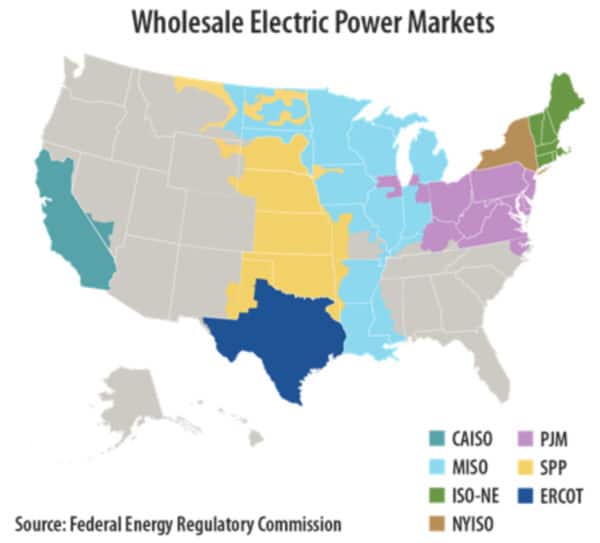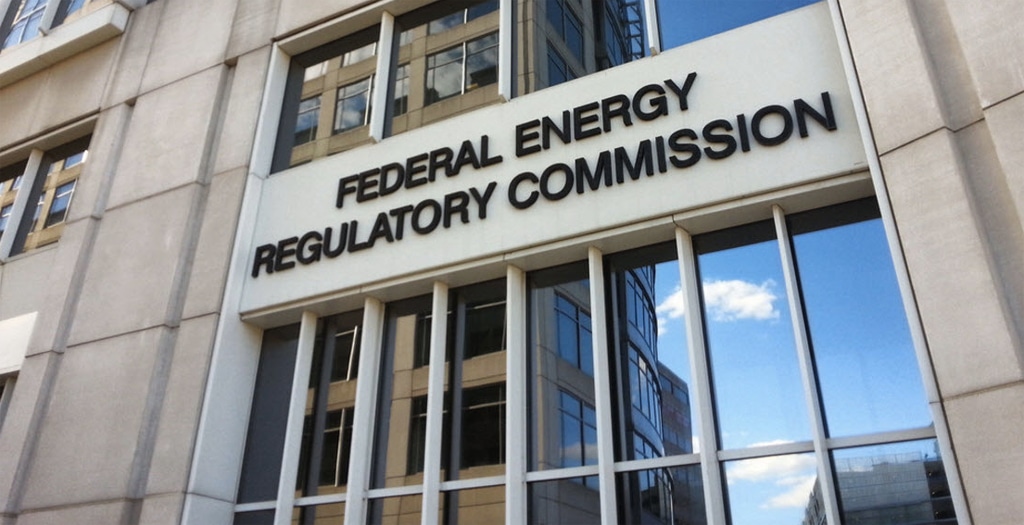SEIA has argued that elements of the Federal Energy Regulatory Commission’s (FERC’s) new rules implementing the federal PURPA law are “arbitrary, capricious, and not the product of reasoned decision-making.”
“Looks like the rules will wind up in federal court,” said Ari Peskoe, director of Harvard Law School’s Electricity Law Initiative, on Twitter.
PURPA has resulted in more than 9 GW of mid-sized solar projects across the U.S., SEIA has determined.
The law, enacted in 1978, directs FERC “to promote the development of new generating facilities and to conserve the use of fossil fuels,” said SEIA in a request to FERC for a rehearing.
Yet three elements of FERC’s new regulations either “fail to encourage the development” of qualifying facilities (QFs) under PURPA, or “imposed new regulatory burdens that actively and significantly discourage” their development.
As long-term contracts are “necessary to finance new non-utility generation,” SEIA said that FERC erred in revoking a QF’s “long-standing right to elect to be paid a long-term energy rate … for long-term energy delivery.”
Developers could secure capital when North Carolina allowed QFs to earn fixed prices for energy and capacity, SEIA said, quoting solar developer Ray Shem. Yet in Florida, where the state provides for variable energy pricing, sufficient capital is not available.
FERC also erred, SEIA said, in expanding from one mile to ten miles the “exclusion zone” for determining whether projects are at the same site, and thus subject to PURPA’s 80 MW cap. In support of the one-mile standard, SEIA said the PURPA statute only provides FERC the authority to issue a same site determination, not conduct a separate facilities analysis.
SEIA argues that FERC is “seeking to reduce the number of QFs that can be constructed in any one territory,” noting that FERC’s rule expands the “exclusion zone” around a QF from about three square miles to about 300 square miles.

And FERC erred in allowing utilities in grid regions with wholesale energy markets (image at right) not to purchase from QFs larger than 5 MW. The purchase obligations are needed, SEIA said, for the commercial viability of renewable resources under 20 MW, as these projects “lack non-discriminatory access to wholesale markets.”
Also submitting requests for rehearing were:
- 18 public interest organizations
- Electric Power Supply Association
- A renewables-focused Northwest coalition
- One Energy Enterprises
- California’s three major utilities
SEIA’s filing is available from FERC’s eLibrary, under docket RM19-15.
The full name of PURPA is the Public Utility Regulatory Policies Act of 1978.
This content is protected by copyright and may not be reused. If you want to cooperate with us and would like to reuse some of our content, please contact: editors@pv-magazine.com.








By submitting this form you agree to pv magazine using your data for the purposes of publishing your comment.
Your personal data will only be disclosed or otherwise transmitted to third parties for the purposes of spam filtering or if this is necessary for technical maintenance of the website. Any other transfer to third parties will not take place unless this is justified on the basis of applicable data protection regulations or if pv magazine is legally obliged to do so.
You may revoke this consent at any time with effect for the future, in which case your personal data will be deleted immediately. Otherwise, your data will be deleted if pv magazine has processed your request or the purpose of data storage is fulfilled.
Further information on data privacy can be found in our Data Protection Policy.